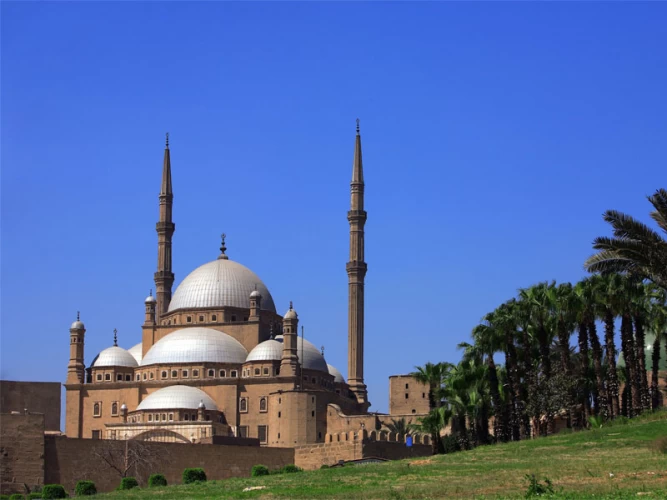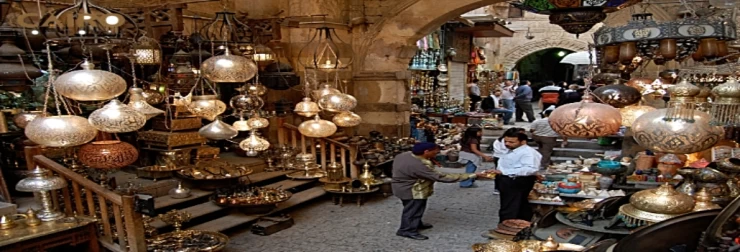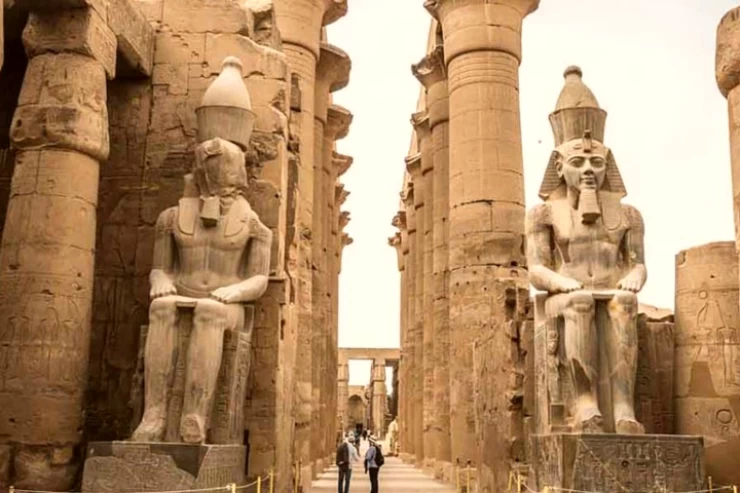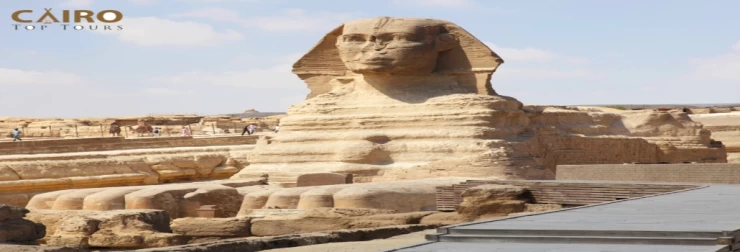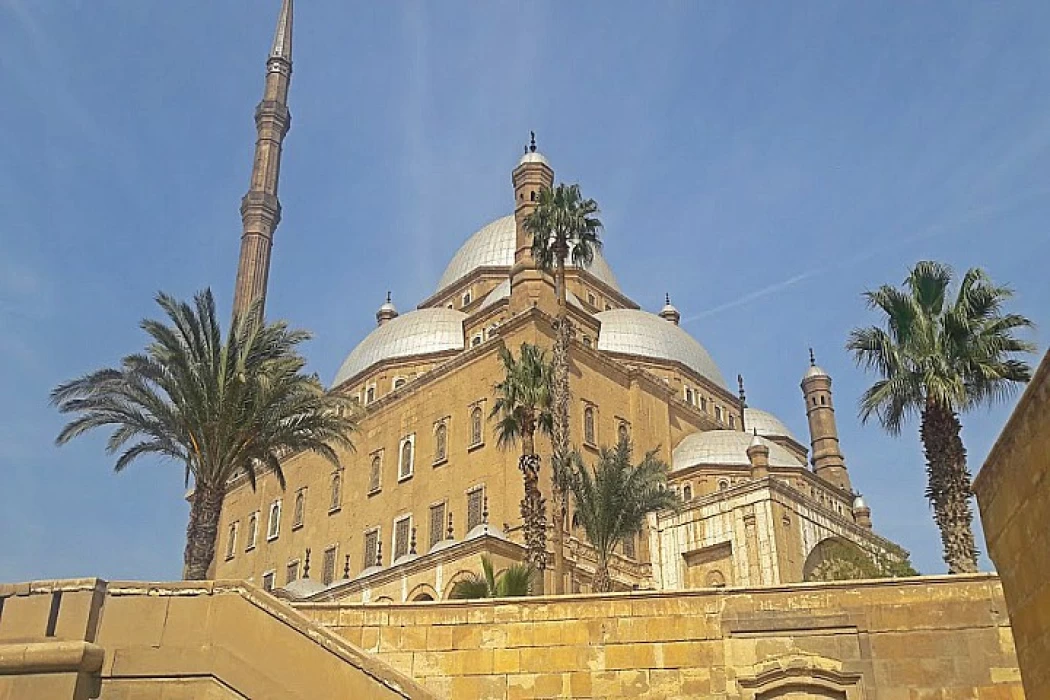
Salah El Din Citadel | Citadel of Cairo
The Saladin Citadel located in Cairo.
Saladin's identity - who is he? Saladin, also known as Salah al-Din al-Ayyubi, a famous Islamic leader, was the one who initiated the construction of a fortress on the Muqqatam Hills in (572 AH/ 1176 AD). Exploring the captivating fortress is among the top Cairo Day Tours experiences to enjoy with your companions in Egypt. The rulers of the Ayyubi, Mameluke, and Ottoman dynasties governed Egypt from the citadel, making it a place filled with mysteries waiting to be uncovered.
The historical background of Saladin Citadel
The concept of constructing the citadel was born as a way to establish the main seat of power in Egypt, and over the centuries the citadel has been a witness to a variety of events as the rulers' headquarters. The fortress is a significant attraction in Islamic Cairo, where one of the most formidable armies in the medieval era was established. Saladin's future vision sees the citadel as the focal point and core of the Egyptian government.
He had grand ambitions to create a ring of fortifications encircling Cairo and El Fustat, establishing a formidable military zone. Additionally, Saladin was considering safeguarding the city from potential external threats because of its strategic location at a high point in Cairo. A must-do in Cairo during Christmas tours of Egypt is exploring Saladin Citadel, where you can enjoy a panoramic view of the vast city of Cairo.
Sightseeing at Saladin Castle, an Islamic landmark.
Salah Al-Din Al-Ayyubi Castle is home to four mosques: Muhammad Ali Mosque, Madrasa of Al-Nasir Qalawun, and Mosque of Sulaiman Pasha Al-Khadi. Exploring the citadel will give you the chance to have a novel encounter with the beauty of Islamic architectural design. The castle features a military museum, a vehicle museum, and the Garden Museum as part of the tour.
The idea of building the citadel arose to be the center of ruling Egypt; the citadel witnessed various events through centuries for being the headquarters of the rulers. The citadel is one of the most prominent sights in Islamic Cairo. It witnessed the formation of one of the most powerful armies in the Middle Ages. According to the future vision of Saladin, the citadel will be the centerpiece and the heart of the Egyptian government.
He was ambitious about forming a belt of walls surrounding Cairo and El Fustat to be a massive military territory. Secondly, Saladin was thinking about protecting the city from any potential foreign attack due to the advantage of being at one of the highest points in Cairo. One of the top activities in Cairo during the Egypt Christmas tours is visiting the Saladin Citadel, which offers you a panoramic view of the huge city of Cairo.
The strategic reality of the Saladin Citadel's location on the Mokattam Hills served as an advantage, which provided a favorable view of Cairo and facilitated the watch of any army coming nearer. The place was also picked for an important reason; it was quiet, standing somewhere high, hard for enemies to reach, as well as able to see all the easy directions for entering the area. Saladin constructed the citadel with the hope that it alone did not exist in a vacuum but rather formed part of a bigger defense system, which comprised walls around the city of Cairo and the city of Fustat.
The terraces of Saladin Citadel allow enjoying a bird's-eye viewpoint of Cairo. The citadel complex is also able to take one on a journey as the legacies of different rulers who shaped the architecture and design of the citadel are explored by any visitor. The citadel is also preferred by tourists, where they can fully understand history and architecture related to Islamic art. In addition to that, tourists enjoy visiting the citadel on a day tour to Cairo or on an Egypt Christmas tour, which is usually combined with visits to other historic places in Islamic Cairo. Saladin Citadel is, as much as it is a segment of Egypt’s military and political past, an art piece that has incorporated the vibrant aspects of Islamic art. This ensures that it is always on the tourist’s itinerary since the history of Egypt is long and thick.
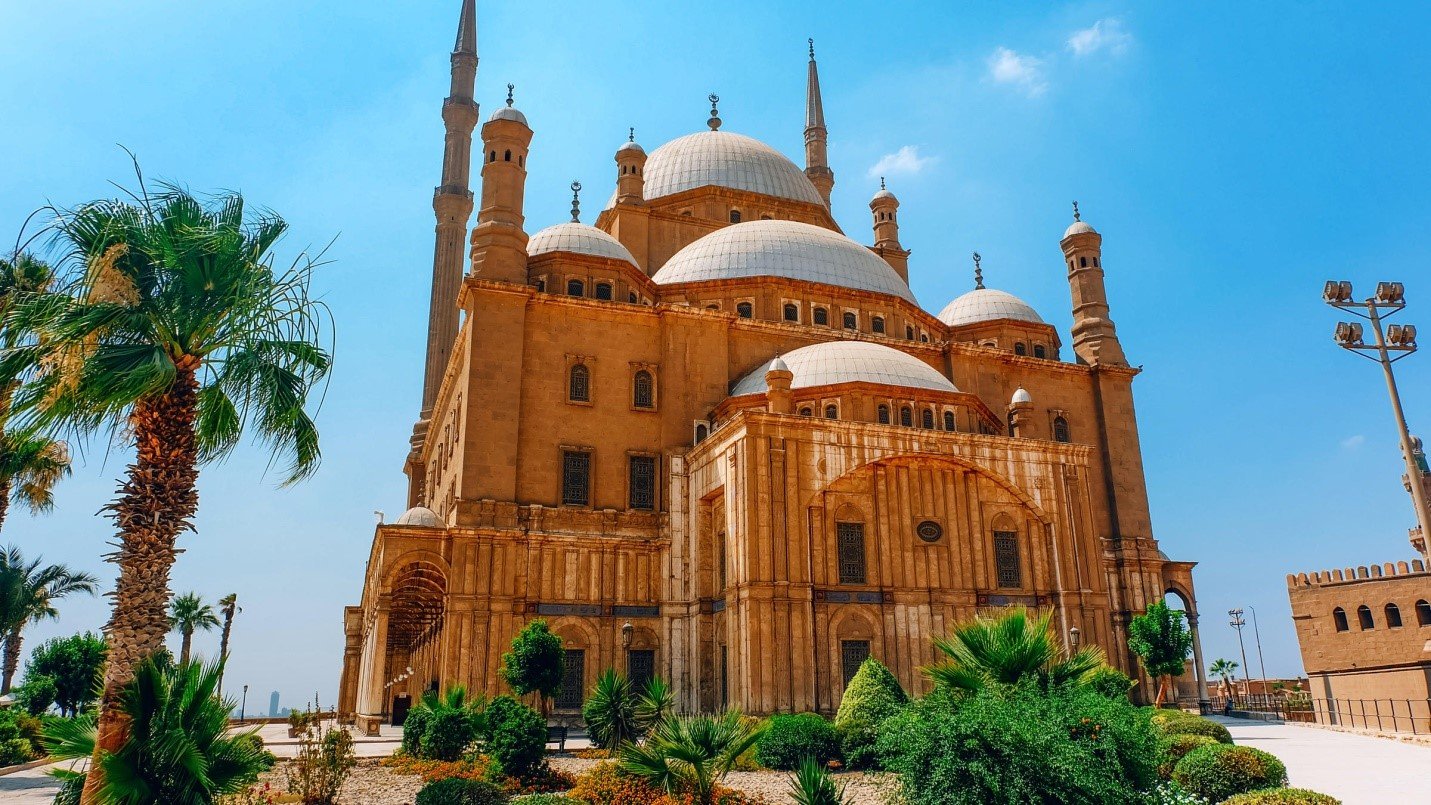
Salah Al-Din Al-Ayyubi Castle contains 4 mosques; they are Muhammad Ali Mosque, Madrasa of Al-Nasir Qalawun, and Mosque of Sulaiman Pasha Al-Khadi. The visit to the citadel will allow you to live a new experience with the art of Islamic architecture. The castle includes a military museum, a vehicle museum, and the Garden Museum, which makes the tour to the citadel one of the best tours besides Nile cruise tours because of the unique artifacts and the pieces of art.

The castle encompasses four gates, one of the gates known as “the gate of the mountain” for being on the hills of El Mokkatam mountain. This door holds the name of Yakon Pasha in the Turkish language and the date of the construction of 1785. You can imagine the art of the interior castle that witnessed many ages and rulers from different backgrounds and the artistic pieces and decorations included.
Muhammed Ali Pasha constructed another door in 1827 to be used as a new gate for the place instead of the door that was constructed by Saladin Al Ayuubi in 1183. The new door has also a leading, paved, sloping path to make reaching the castle easier. Recently, the new door or gate of the citadel is known as New Gate Street or the quarry railway.
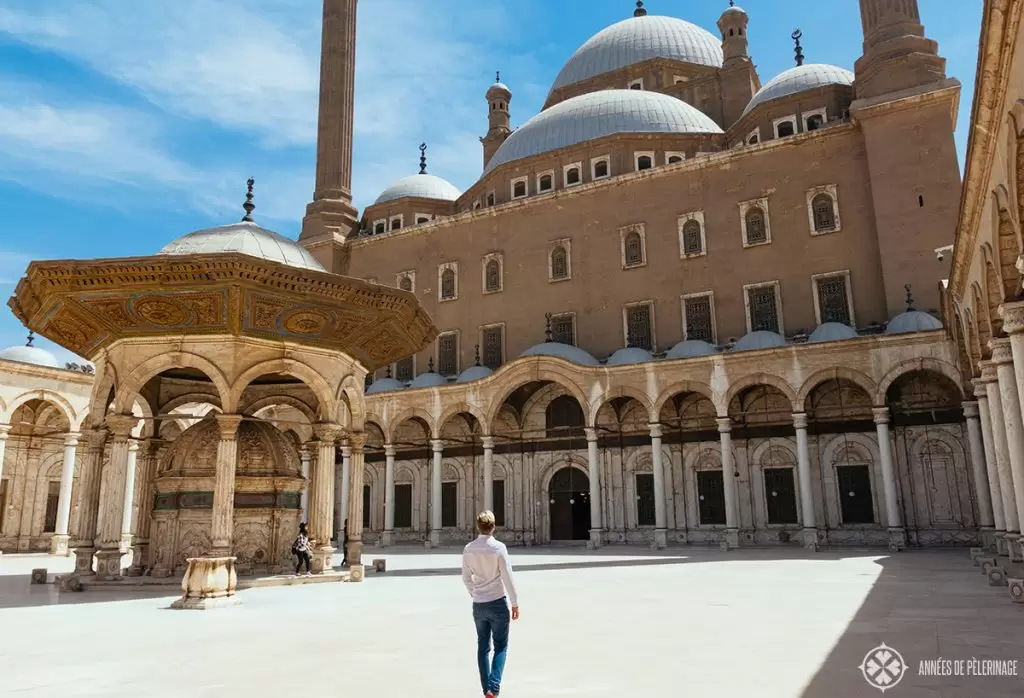
This is one of the most popular sights in Egypt and is located inside the citadel of Saladin in Cairo. The mosque also has another name, "Alabaster Mosque." This is due to the paneling of the mosque with the precious stones of marble, starting from the interior design to the walls. One of the reasons behind making Muhammed Ali’s Mosque is one of the best mosques to see during your Egypt Luxury Tour to see the art of Islamic architecture. The mosque also has a unique advantage with its two minarets that reach the highest point of 84 meters. Visiting the Mosque and the Castle is one of the most attractive for tourists from around the world and even coming from different ports in Egypt, like excursions from Sokhna Port, to enjoy spending time and filling their souls with beauty.

Al Gawhara Palace, also known as the "Jewel Palace," is a historic site located within the Citadel of Cairo, Egypt. Here are some key points about this remarkable structure. Visiting Al Gawhara Palace provides a glimpse into Egypt's past and allows for an appreciation of the artistic and architectural heritage of the Mamluk era.
Al Gawhara Palace was built during the reign of Sultan Al-Ghuri in the early 16th century (around 1503-1517). It served as a royal residence and an important center for governance. The palace showcases a blend of Islamic and Mamluk architectural styles, characterized by intricate decorative elements, beautiful arches, and ornate details.








